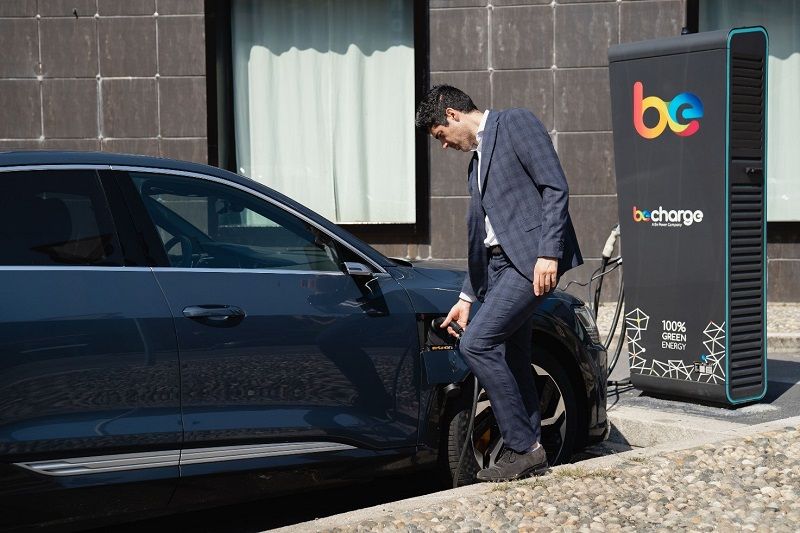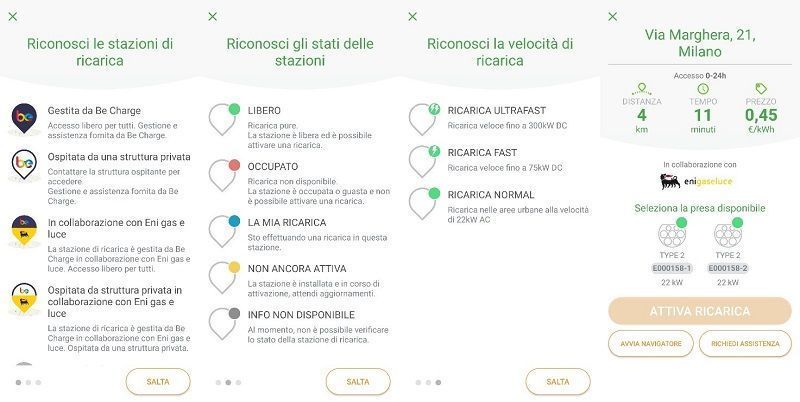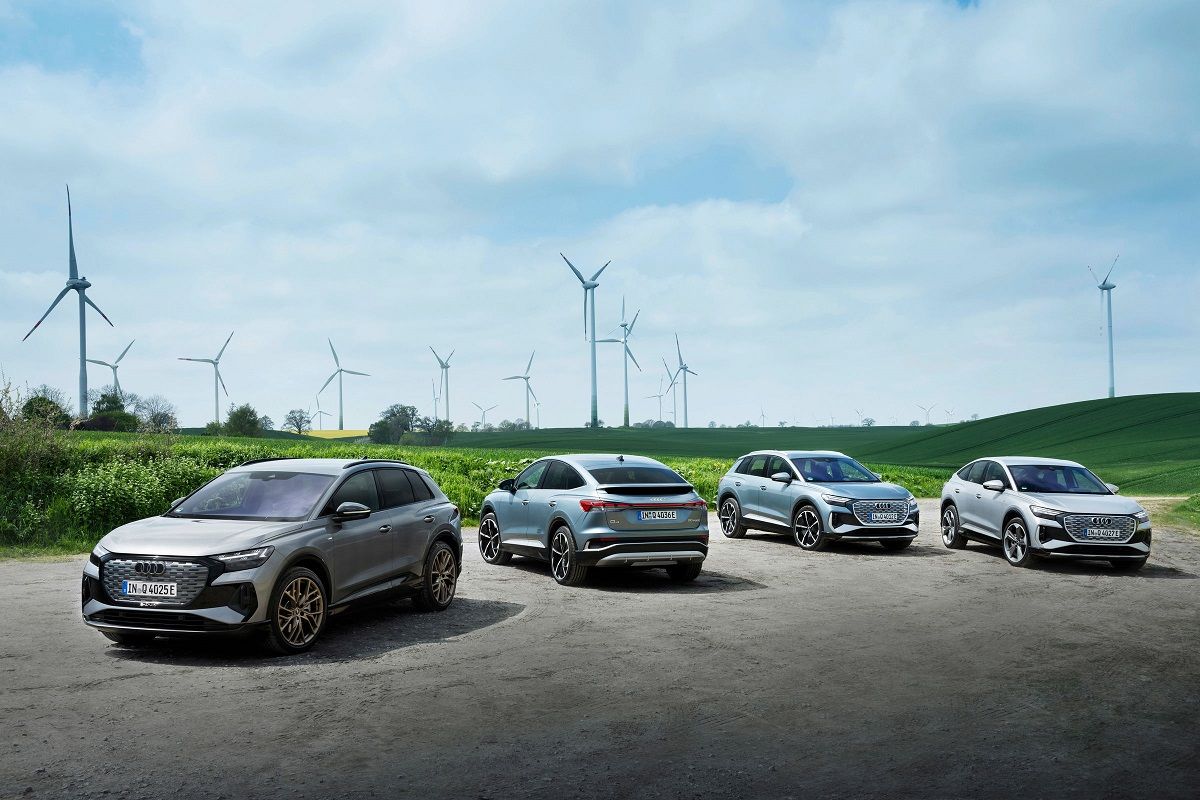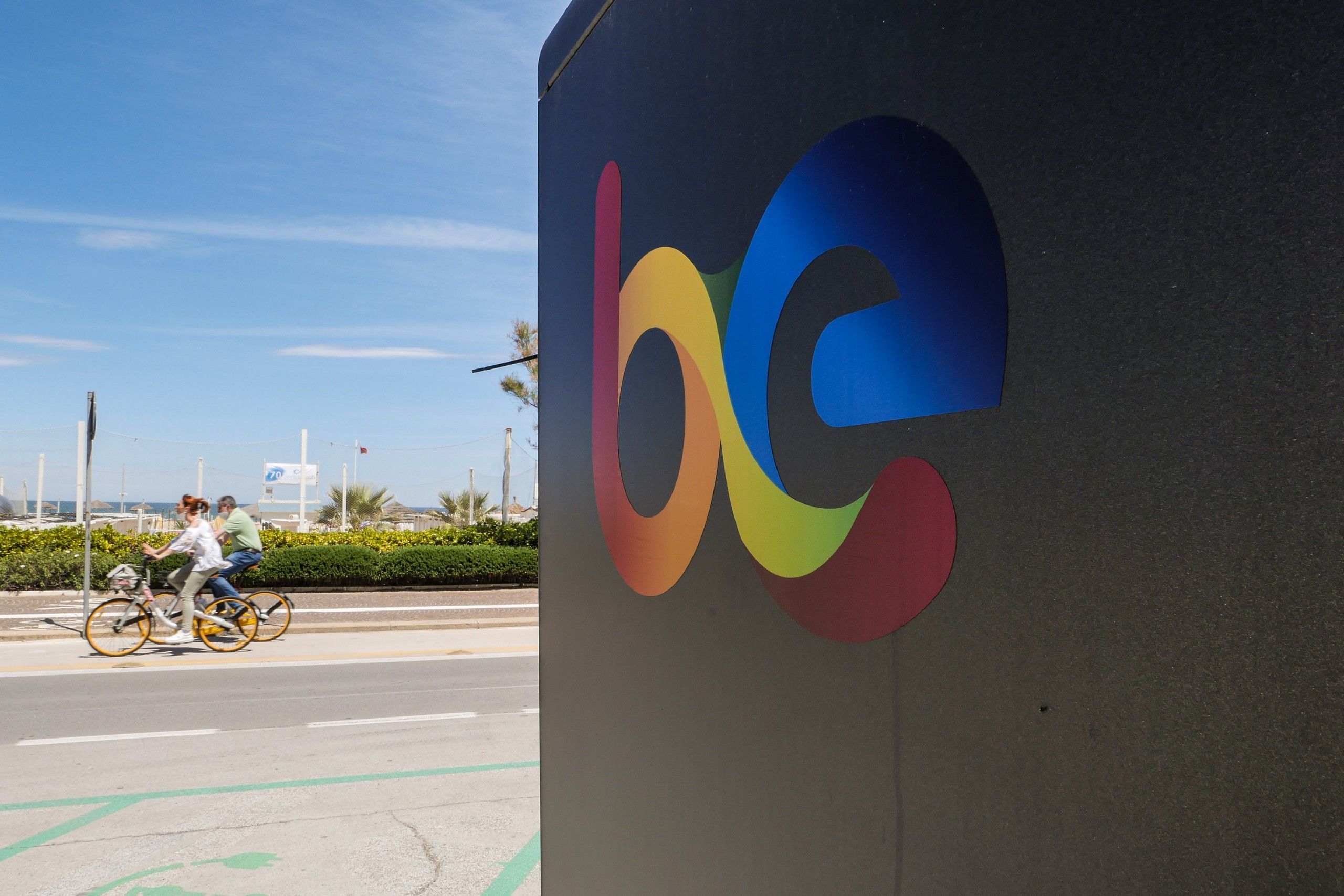Going on a long-awaited holiday without polluting? It’s possible if you have an electric car
Going on a long-awaited holiday without polluting? For some time now it has been possible if you have an electric car at your disposal, but it does require some care and planning. With conventional cars, which are equipped with internal combustion engines, traveling is relatively simple, as there is no need to plan your trip carefully, thanks to the drastically improved coverage of petrol stations. Furthermore, although technology is progressing significantly and can provide us with superfast refueling, the process of refueling petrol or diesel is still much quicker.
Some aspects to consider when travelling with an electric car
With electric cars, on the other hand, you have to be more careful and take into account certain aspects such as the range of the vehicle, the distance you have to travel to reach your destination, and the location of the charging stations. In addition, it is always a good idea to check the speed and type of connectors available to avoid unpleasant surprises. In Italy, the recharging network is growing rapidly, although there is still a certain gap compared to other countries that have embraced the ecological transition in advance.
Plan stops and know the recharging stations positions
In electric vehicles it is therefore essential to plan stops and know exactly where the recharging stations are. According to data from the International Energy Agency (IEA), there are more than 1 million recharging facilities globally and around 300,000 in Europe, of which 20,000 in Italy. Of course, not all recharging stations are superfast: more than half of them can recharge up to 22 kW and it is necessary to consider longer recharging times.
Correct charging connector
In this regard, it is important to have the correct charging connector: in Europe, thanks to the new label in force from May 2021, charging systems have been standardized. The Be Charge columns, however, offer CCS Combo2, CHAdeMO, and Type 2 connectors.

The location of Be Charge recharging stations is well balanced within Italy, with no particular differences between North and South, especially in proportion to the size of cities. At the moment there are almost 4,000 recharging points available for use by the app, with a forecast of the same number being installed over the next few months. If your plans include an itinerant trip to the most famous cities of art, you will not be disappointed at all, as almost all of Italy is covered by Be Charge recharging points.
Be Charge charging stations
For example, if you want to visit the Alps, whether it’s the Gran Paradiso National Park or the Stelvio National Park, you will always have several charging points available. Those who love the Adamello Nature Park and Lake Garda will also find plenty of Be Charge charging stations. If, on the other hand, for you summer means only the sea, you will easily be able to recharge your electric car without any nasty surprises: from Liguria to the Riviera Romagnola, from Sardinia to Campania, you will always have one or more charging stops available.
We would like to remind you that by using the official application available on Google Play Store and App Store you will be able to find out in advance the type of charging station (ultrafast, fast and normal) and the status of the stall.
Duration of the electric car’s autonomy
An essential aspect of planning a trip with a green car is calculating the duration of the electric car’s autonomy and the positioning of the charging stations. But how do you pay for parking at the charging station? One of the most common problems is the need to use different payment methods, but Be Charge offers clear instructions on this in its app.
Those who need to top up occasionally can choose a pay-as-you-go tariff, while those who plan to be constantly at the post can opt for a quieter renewal plan with a fixed tariff. Payment is made by credit card by entering your credentials in the app – it doesn’t get any easier than that. This is because, unlike petrol stations, the Italian state does not yet provide for direct payment at the filling station, but only through the application.

Smart starts
As mentioned above, unlike internal combustion engine cars, electric cars require a few more stops and the need to plan stops carefully according to the range of the zero-emission vehicle. At the same time, however, they allow for a less hectic and more relaxed journey that is geared towards pure enjoyment of the journey itself. Potentially, the infamous ‘smart starts’ that were created to avoid the big motorway rush may soon be a distant memory as you are unlikely to be on the motorway for long periods.
With a view to more relaxed travel, you can choose charging stations not only based on the number of kilometers to be covered, but also based on the places to see in the vicinity. It is not uncommon to find Be Charge charging stations inside sports centres (Ortisei), hotels (Lido di Jesolo), and restaurants (Bianzè). These are just a few practical examples but don’t think you won’t find Be Charge points in supermarket car parks or at health facilities.
Sustainable mobility is not only a way to reduce pollution, but it also provides an alternative for a more peaceful lifestyle and greater contact with the environment, whatever it may be. At the moment there are only a small number of electric charging stations installed on motorways, and only in the future will the number increase, so it is possible to extend the itinerary by including additional locations to visit during the trip.
How much does it cost to travel electrically?
The cost of the journey depends on some factors including the efficiency of the vehicle, its range, and your driving style. In a previous article we have already given you some small, practical tips on how to save energy while traveling. To calculate an estimated cost, it is sufficient to consider a value of 0.45-0.50 euros per kWh and multiply this figure by the (average) energy consumption of your car.
For example, a Tesla Model 3 SR+ has a claimed range of 450 km (WLTP) and a full tank can cost just under 30 euros. On average, the (direct) Milan-Rome journey can cost (theoretically) less than 50 euros.
In collaboration with:









